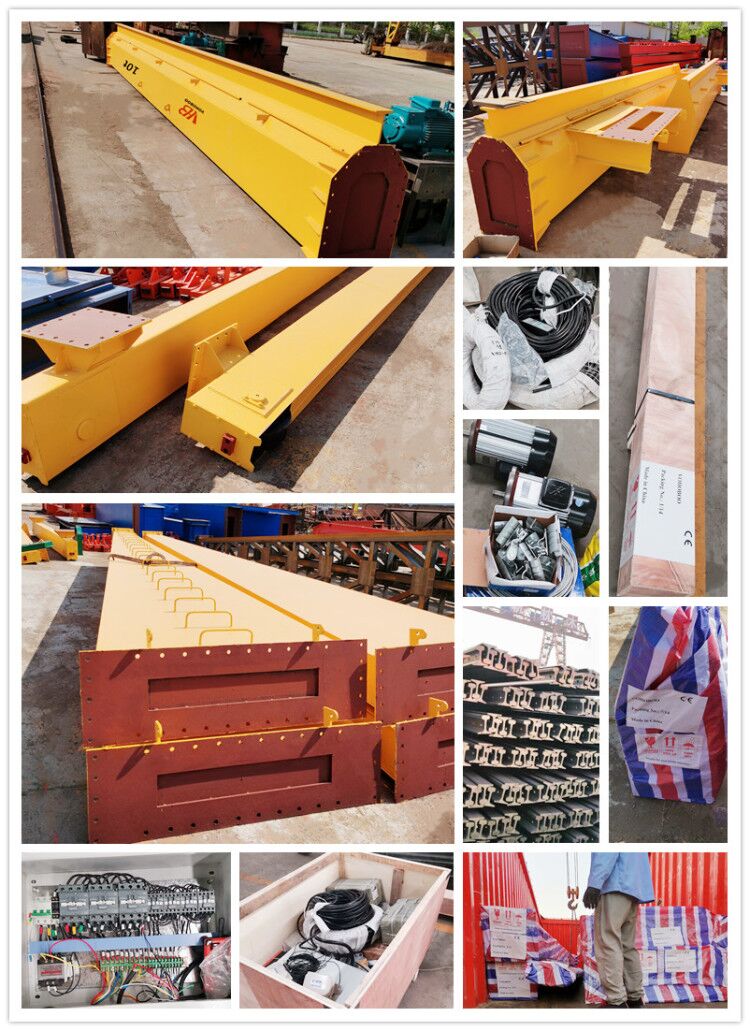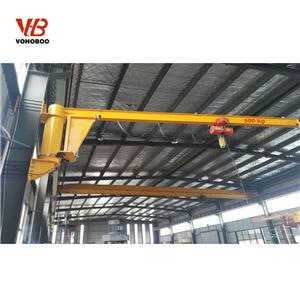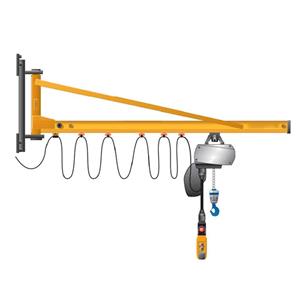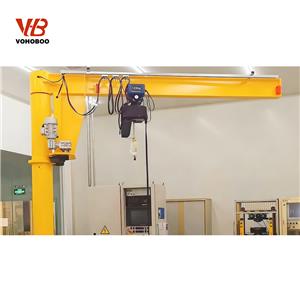Cautions during crane operation
The development of economy and society is now driving the development of machinery. Large construction cranes are widely used. What are the precautions for cranes during operation? Let me share with you:
1. When lifting a heavy object for the first time in each shift (or when the load reaches the maximum weight), the heavy object should be put down again after being lifted from the ground by a height of 0.5 meters, and the brake performance should be checked to confirm that it is reliable before normal operation. .
2. During the operation, the operator should ring the alarm for the following operations as required. ① Lifting and landing heavy objects; when driving large and small vehicles. ②When the crane is driving and the line of sight is unclear, it should continuously ring the alarm; ③When the crane is driving close to another crane within the span. ④When lifting heavy objects close to personnel.
3. The operation shall be in accordance with the unified command signal.
4. When the power is suddenly cut off during work, all controller handles should be set to the "zero" position, and the crane should be checked for normal operation before re-working.
5. During normal operation of crane cranes and trolleys, it is strictly forbidden to open the reverse brake to stop; when changing the direction of movement of trolleys and trolleys, the handle must be set to "zero" position to stop the mechanism completely before driving in the reverse direction.
6. For a crane with two hooks, when the main and auxiliary hooks are replaced and the height of the two hooks is close, the main and auxiliary hooks must work separately to avoid collision of the two hooks.
7. The crane with two hooks is not allowed to hang two objects at the same time; adjust the brake of the lifting mechanism when it is not working.
8. It is not allowed to use the limit position limiter to stop, and it is strictly prohibited to adjust the lifting mechanism brake under load.
9. Strictly implement the "ten not hang" system:
①The command signal is unclear or the command is indiscriminate.
②Do not hang when the rated lifting weight is exceeded.
③The use of spreaders is unreasonable or the objects are not tied securely.
④ If there are people or other floating objects on the hanging object, do not hang it.
⑤ The brake or other brake safety device fails and does not hang.
⑥The crane does not hang the heavy load when it is directly processed.
⑦Pull and hang diagonally.
⑧ Do not hang explosive objects.
⑨ Objects buried in the ground are not lifted.
⑩ Objects with angular block mouths, do not hang without cushion.
10. If abnormality is found, stop the machine immediately, check the cause and eliminate it in time.
Operation of cranes by professionals can effectively reduce the accident rate, but it is also necessary for relevant personnel to know more about cranes, so as to reduce the occurrence of problems to a greater extent.





